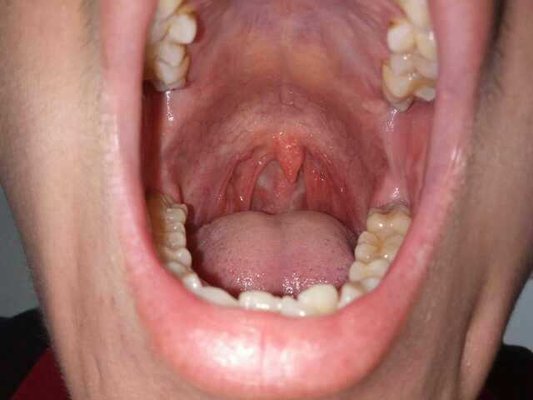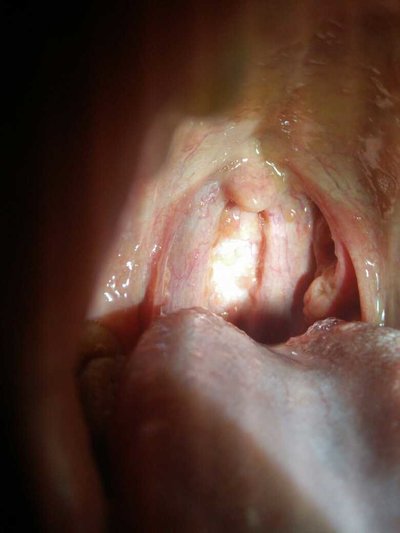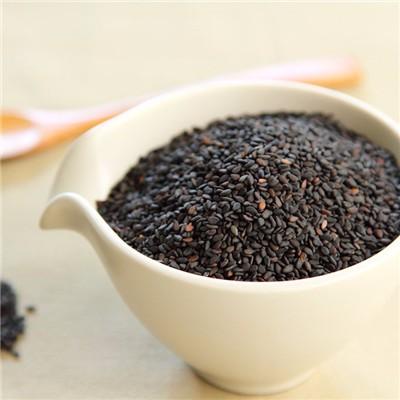Symptoms of pharyngeal and laryngeal hemangioma
summary
The incidence rate of laryngeal hemangioma is low, and it is divided into capillary hemangioma and cavernous hemangioma. Capillary hemangioma is composed of groups of blood vessels with a small amount of connective tissue, which is more common in adults. Cavernous hemangioma is composed of sinusoidal blood vessels, soft as sponge, diffuse growth in submucosal, more common in infants. Now let's talk about it.
Symptoms of pharyngeal and laryngeal hemangioma
The main symptoms of capillary hemangioma are hoarseness and little hemoptysis. Laryngoscopic examination showed that the tumor grew in the vocal cord, with or without pedicle, red or light purple, with different sizes, and could also occur in other parts of the larynx.
Cavernous hemangioma is more common in infants and young children. The tumor is small and asymptomatic. It can extend to the subcutaneous part of the neck in a wide range of cases, showing cyan purple color. In severe cases, it can produce hemoptysis, laryngeal obstruction, and even asphyxia. Laryngoscopic examination showed that the tumor was as soft as sponge, diffusely growing in the submucosa of ventricular zone, laryngeal chamber and aryepiglottic fold, dark red, with uneven surface.

Cryotherapy and laser therapy can be used. Pingyangmycin and other drugs can also be injected locally. Asymptomatic patients can not be treated temporarily. If the tumor is large with hemoptysis, tracheotomy should be performed and the tumor should be resected under the operation of laryngeal laceration. Cryotherapy, laser and electrocoagulation can also be used. The patient was treated with multivitamins and anti-inflammatory therapy after operation. The mouth contains laryngeal tablets, several times a day. Combined with He Ne laser irradiation treatment.

matters needing attention
Eat less greasy food, avoid smoking and alcohol, high cholesterol food, such as animal brain, spinal cord, viscera, egg yolk, shellfish (such as mussels), molluscs (such as squid, cuttlefish, ROE).













